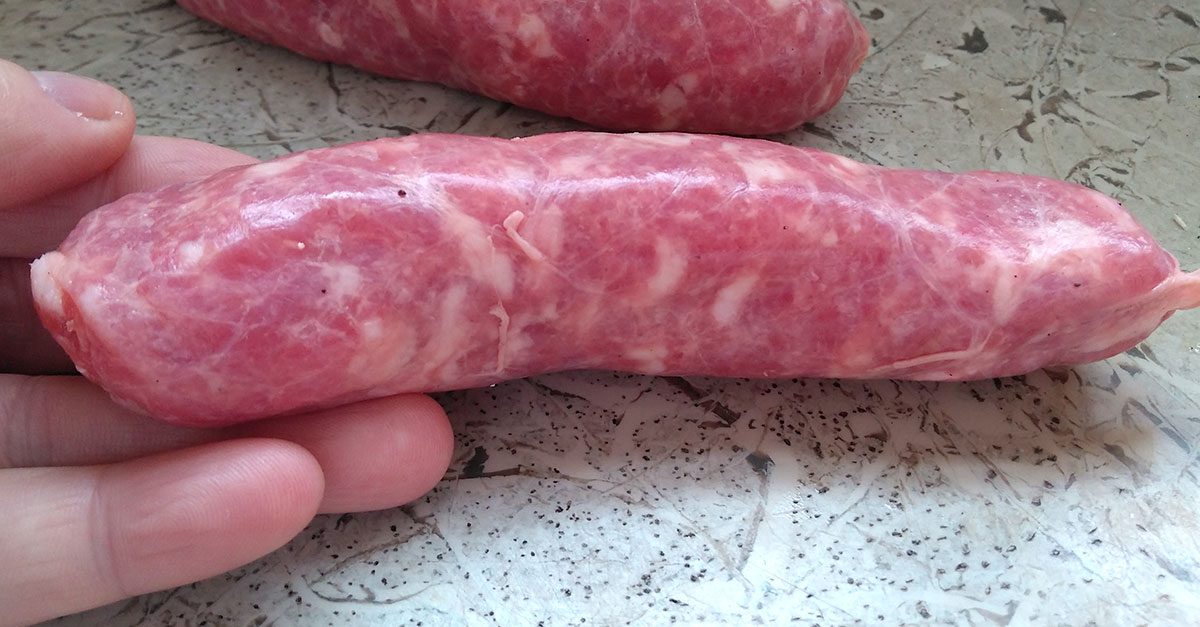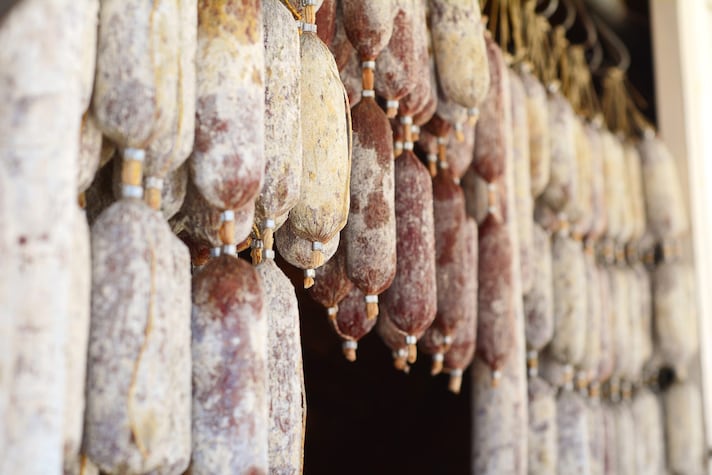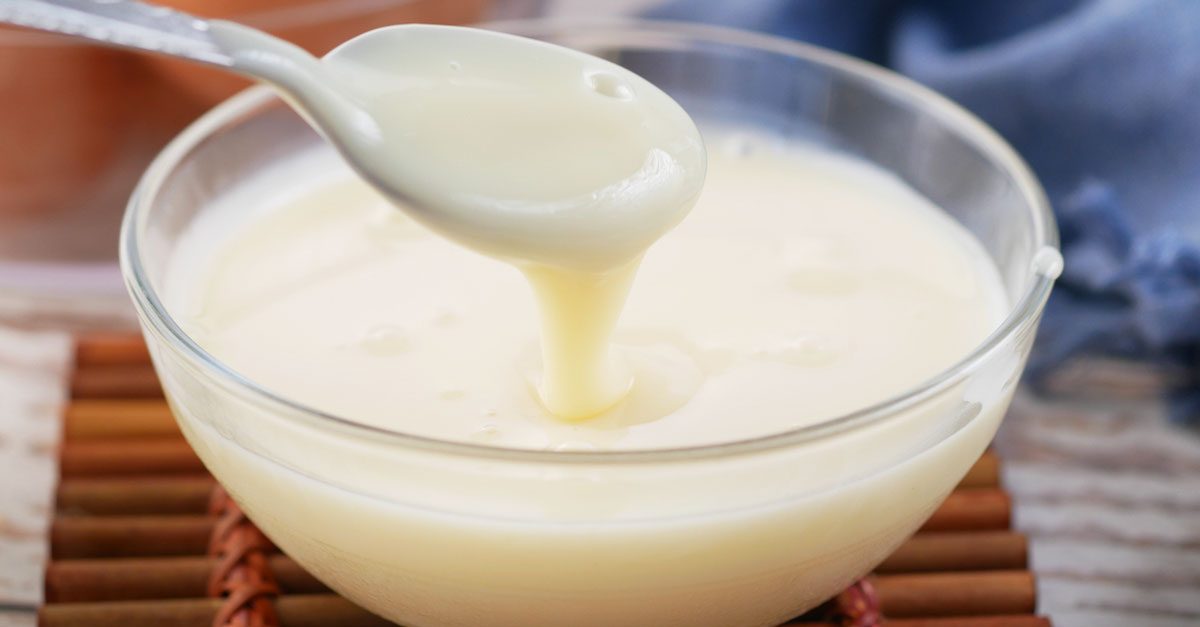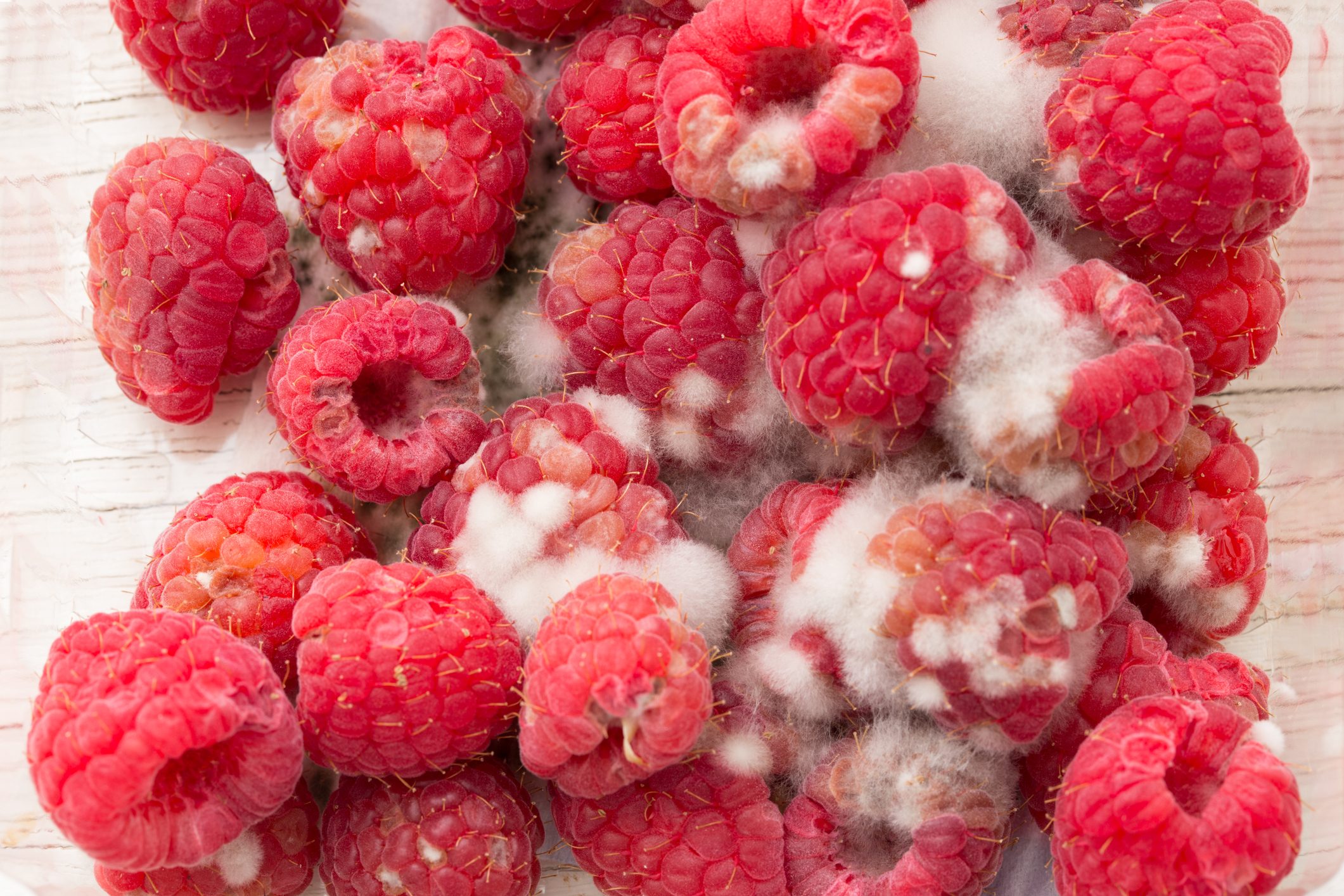What Is The White Stuff That Coats Salami? (Don’t Be Shocked When You Find Out)
If you've ever had to cook with or eat salami then you must have wondered what the white casing around it is made of. Well, we have and you may find our discovery just a tad bit shocking. However, don't fret too much, it doesn't make salami any less healthy or unsafe for consumption.
;Resize,width=742;)
Salami is a type of well seasoned sausage that originated from Italy and likeost itehr sausages, it comes wrapped in a thin casing. But, salami casings are used for different purposes, especially in commercial production.
What Are Salami Casings Made From?
The casings can be made from various materials which can either be from a plant, animal, or artificial source. The traditional salami casing is made from animal intestines because of how they shrink with the drying process. But, keep in mind that not all of these casings are edible; some are made from plastic and therefore, printed on.
What Is The White Stuff on Salami?
It may sound surprising but that white stuff is actually penicillin — and yeah, it is kind of the same penicillin that you find in medications!
But, don't worry, the penicillin is naturally occurring around the meat due to high humidity and moderate temperatures. However, the mold culture is commonly introduced to commercial or homemade salamis.
It is important to note that the mold penicillin on salami isn't always good. Some commercial producers have been allowed to fake the good mold, so you might find a dusting of white flour on the exterior to make the salami look authentic. Others use a plastic casing with a picture of good mold penicillin to fake authenticity.

Different Types Of Salami Casings
Salami casings might be covered by penicillin but that doesn't make them unsafe for consumption. Here's a breakdown of the different types of salami casings and what you should know about them:
1. Natural Casings
These are edible wrappings that are typically made from animal intestines, commonly harvested from cows or sheep. Large casings are also collected from cows, it just depends on which area they are harvested from.
One of the advantages of using natural casings is that they shrink with the meat during drying. In addition, the casing permit good airflow so facilitate the drying process.
If you're making Salami at home, you can purchase such natural casings at a nearby meat shop, grocery store or even online.

2. Fibrous (Cellulose) Casings
These are non-edible wrappings that are made from plant fiber in the form of cellulose, non-meat glycerin, added moisture and food oil running lengthwise, which gives them additional strength.
Like natural casings, fibrous casings facilitate permeability needed for the drying process. However, they usually come with one end tied and must be peeled off before cooking.
3. Collagen Casings
Collagen casings are edible wrappings commonly made from connective tissue, skin and bones. However, it is important to mention that there are some collagen casings that aren't edible. So, ensure that you check specifications or labels before consuming them.
4. Plastic Casings
Plastic casings are not edible and aren't commonly used for salami because they aren't breathable or permeable. Therefore, they are most commonly used for luncheon sausage and mortadella type products.
There you have everything you need to know about salami casings!
TAKEAWAY
Always check for specifications regarding a salami's casing before buying. It can help you determine its freshness and overall quality.
;Resize,width=767;)

;Resize,width=712;)
;Resize,width=712;)
